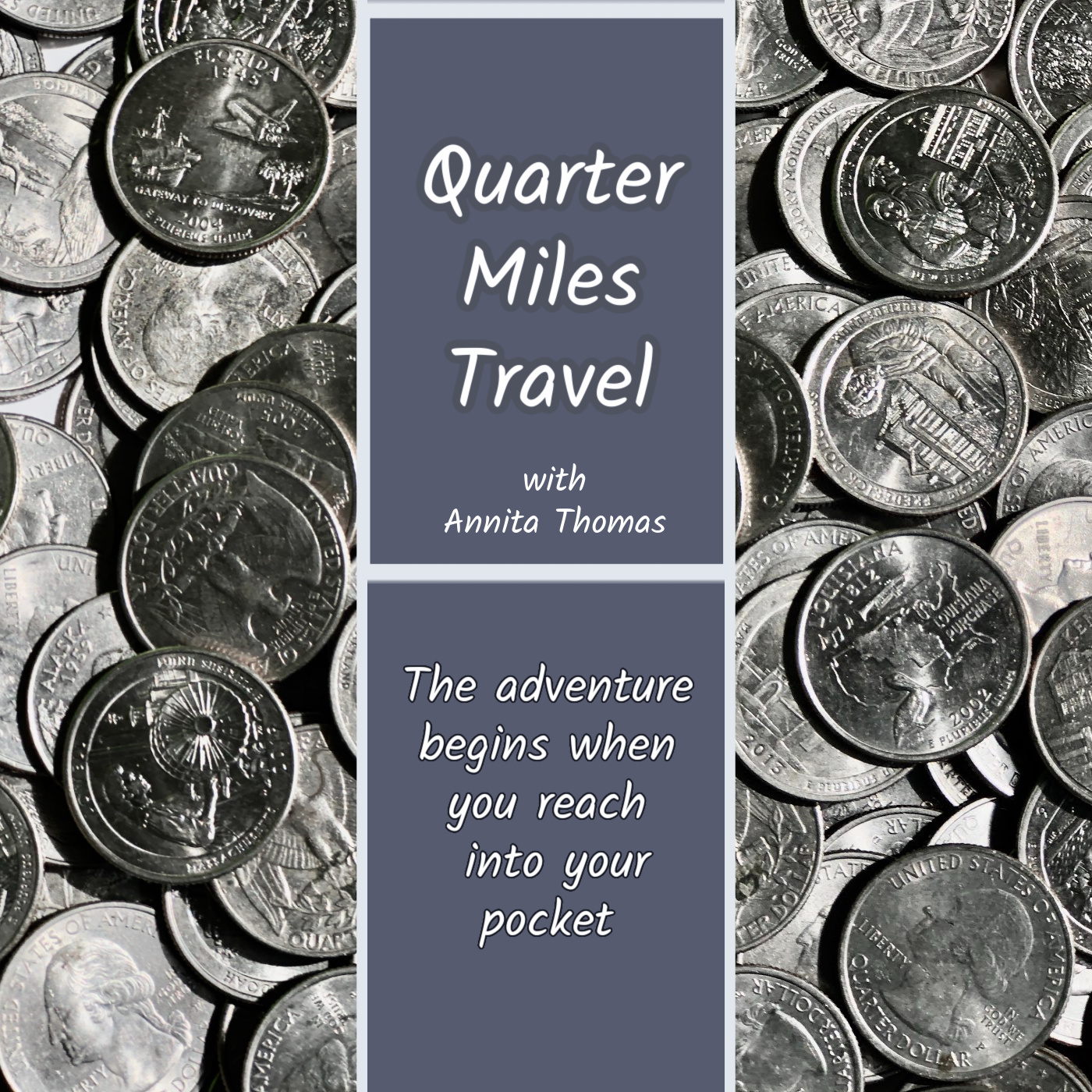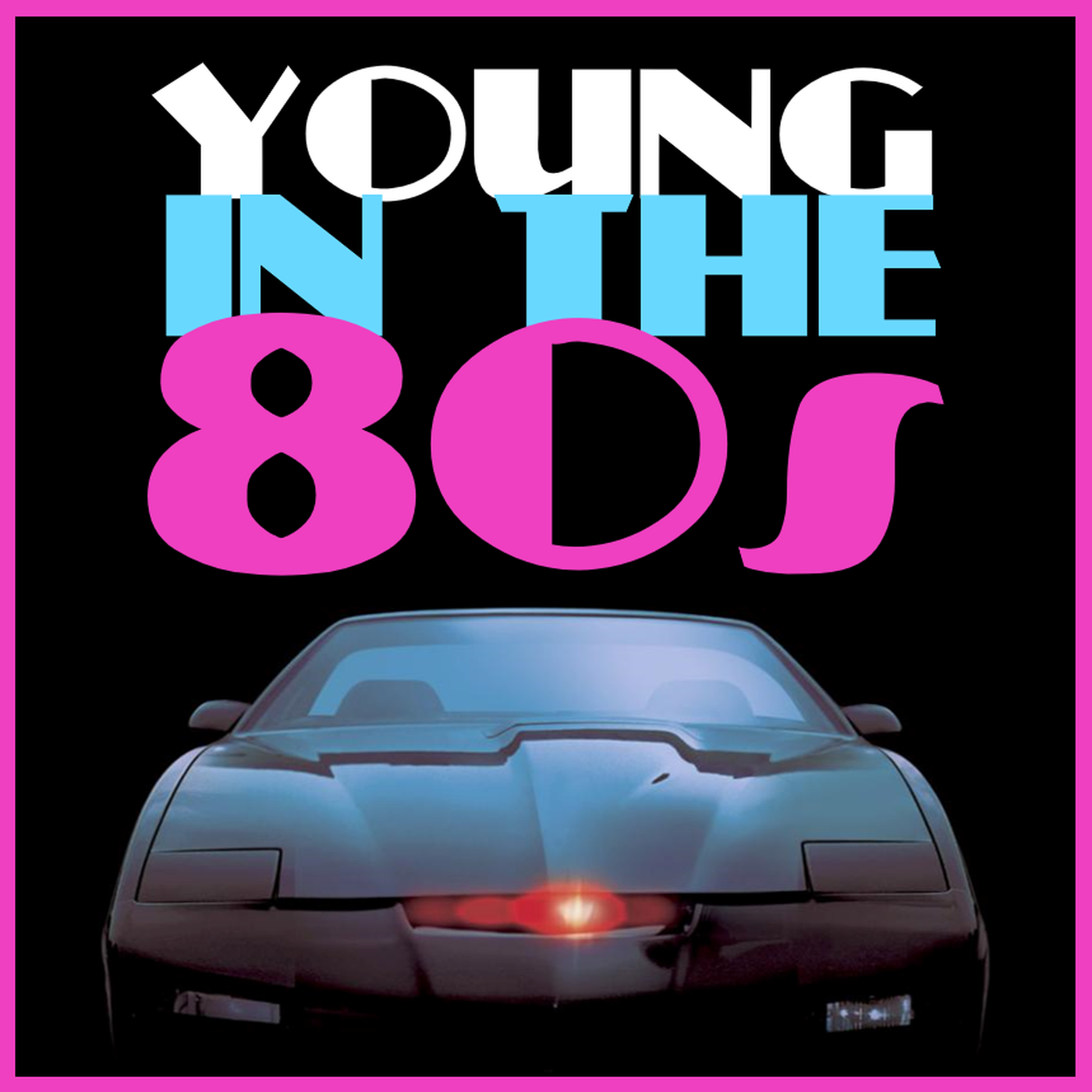 |
Quarter Miles Travel With AnnitaInspiration to travel Author: Travel With Annita and Friends
The Adventure begins when you reach into your pocket. Each U.S. Mint Commemorative Quarter design tells a unique story. Each quarter is filled with pride, from hometown heroes to iconic landmarks; wildlife and nature to music and culture. Reach into your pocket and let Quarter Miles Travel take it from there, well turn that quarter into an adventure. Language: en-us Genres: Hobbies, Leisure, Places & Travel, Society & Culture Contact email: Get it Feed URL: Get it iTunes ID: Get it |
Listen Now...
Destination: New Orleans – Culture, Cuisine and Music
Thursday, 31 July, 2025
Glad you're here for a replay of New Orleans Culture Cuisine and Music. This was an exciting show to produce. I once lived in New Orleans and visiting again after several years was a real treat to wander around familiar places. Here's the transcript from the show. Click above to listen. Hello, hello, hello and welcome aboard Travel With Annita, where we explore the stories behind the world’s most fascinating destinations — and today, we’re heading somewhere special. A place of history, heart, grit, and music that practically spills out onto the street — we’re going to New Orleans, Louisiana. Now, I’ve always said, New Orleans isn’t just a city — it’s an experience, one of those rare places that feels alive, as if the sidewalks remember every step taken and every song ever played. The history of New Orleans is as rich and layered as a good bowl of gumbo — and trust me, it’s just as flavorful. Let’s take it back to the beginning. The year was 1718 — over 300 years ago. A French-Canadian explorer named Jean-Baptiste Le Moyne de Bienville planted the flag along the Mississippi River and founded La Nouvelle-Orléans — that’s "New Orleans" in French, of course — named after Philippe II, Duke of Orléans. But even before Bienville showed up, the land belonged to Native American tribes — the Chitimacha, Houma, and others — who lived along the Mississippi and its bayous. The river was their source of life, just like it remains for the city today. Bienville and the French saw potential in this low-lying crescent of land — hence the nickname “The Crescent City.” But let me tell you, they also inherited a whole lot of headaches — swamps, hurricanes, disease, and mosquitoes the size of small birds. Yet, they stayed, and they built. The French weren’t the only ones with their eyes on this prize. In 1763, after the Seven Years’ War, the city passed into Spanish hands. For nearly 40 years, the Spanish ruled, and they’re the reason so much of the French Quarter actually reflects Spanish architecture — those ornate iron balconies, pastel colors, quiet courtyards with trickling fountains — it’s all part of the Spanish legacy. During that time, two devastating fires nearly wiped out the city — one in 1788, and another in 1794. But like New Orleans always does, it rose from the ashes, rebuilt with resilience, and added more character to its streets. By 1803, the French briefly regained control of Louisiana, only to turn around and sell it to the United States in what’s still one of the most significant real estate deals in history — the Louisiana Purchase. Now, I want you to picture this — at the stroke of a pen, the U.S. doubled in size, and New Orleans suddenly belonged to a new country. But let me tell you, the people of New Orleans? They didn’t just toss out their old ways and say, "Sure, let’s be American now." Oh no, they clung to their French, Spanish, and African roots, their language, their food, their customs — and that stubborn independence still flavors the city today. New Orleans quickly became one of the most important port cities in the world. The Mississippi River was the superhighway of the 18th and 19th centuries, carrying cotton, sugar, and goods right down to the Gulf of Mexico and beyond. That river made fortunes — and it also brought waves of new people. French settlers, Spanish colonists, enslaved Africans, free people of color, Germans, Irish immigrants, Haitians — they all came, willingly or otherwise — and together, they created the cultural gumbo New Orleans is famous for. And that word, "gumbo" — it’s more than a stew; it’s a perfect metaphor for the city. African okra, French roux, Spanish spices — mixed together in one pot, simmered, and shared. And, here’s a little trivia…did you know gumbo is French for okra Just like the music, the food, and the people. Of course, the history isn’t all romance and jazz. New Orleans has seen its share of hardship — slavery, war, segregation, hurricanes — yet through it all, the city has an uncanny ability to dance through the storm. Literally. By the early 1800s, Congo Square — right outside the French Quarter — became the only place in the South where enslaved Africans were allowed to gather publicly on Sundays. There, they danced, played drums, sang songs from their homelands — blending African rhythms with European instruments. Some historians say that’s the cradle of American music — where jazz was born. And let’s not forget — during the 19th century, New Orleans was the largest city in the South. It was rowdy, wealthy, diverse, and unlike anywhere else in the country. The architecture, the cuisine, the language — even the legal system, based on Napoleonic code — all reflected its European roots more than typical American towns. Fast-forward to the 20th century, and New Orleans gave us jazz, the first truly American music. Louis Armstrong, one of the most influential musicians of all time, was born and raised right here in New Orleans. The brass bands, the parades, the street performers — they’re not for show. They’re part of the lifeblood of the city. But New Orleans isn’t just music and Mardi Gras — though believe me, both are unforgettable. It’s also resilience. Hurricanes have battered this city, with Katrina in 2005 being the most devastating in modern memory. But in true New Orleans fashion, the city picked up the pieces — slowly, painfully — and carried on, proud, determined, and maybe with an even stronger sense of self. And here’s something that always strikes me — in New Orleans, history isn’t behind glass in a museum. It walks the streets with you. It’s in the creak of old wooden floors, the aroma of red beans and rice simmering on a stove, the sound of a trumpet wailing in the night. You can’t help but feel it — that deep, enduring soul that says, "We’ve been through it all, but we’re still here. And we’ve still got music to play, food to share, and stories to tell.” Alright, folks—if you’ve wandered the cobblestone streets of the French Quarter, dodged a few beads, and maybe had one too many beignets—you’ve likely strolled right past one of the best-kept gems in New Orleans history: The Historic New Orleans Collection, tucked right there on Royal Street. Now, don’t let the word “collection” fool you. This isn’t some dusty room full of knickknacks your Aunt Irene might keep. This is a living, breathing archive of everything that’s made New Orleans…well, New Orleans. The history, the art, the scandal, the culture—the good, the bad, and the jazzy. Let’s start with how it all began. Back in 1966, General L. Kemper Williams and his wife Leila—two locals with a serious love for preserving Louisiana’s legacy—decided to do something about it. They didn’t just collect antiques or family heirlooms. No, they went after rare maps, priceless manuscripts, historic paintings, Mardi Gras treasures, and even old jazz records. Basically, they gathered everything that tells the wild story of this city. Fast forward to today—their passion project has grown into what we now call The Historic New Orleans Collection or THNOC, with a campus spread across several beautifully restored French Quarter buildings, dating as far back as 1792. The architecture is truly New Orleans - You know the French Quarter: wrought-iron balconies, lush courtyards—it’s like walking onto a movie set, but this place? It’s the real deal. And here’s what makes it a must-visit—besides the fact that admission is absolutely free, which in New Orleans is about as rare as finding a parking spot. Inside, you’ll find the Louisiana History Galleries, thirteen of them to be exact, taking you on a deep dive from Native American life before the Europeans arrived, all the way through French and Spanish colonial rule, the Louisiana Purchase, the Civil War, up to Hurricane Katrina and beyond. Artifacts? They’ve got ‘em. You’ll see an original letter discussing the Louisiana Purchase, 18th-century musical scores from the Ursuline nuns, and historic Mardi Gras costumes that make today’s parade outfits look downright subtle. We always ask about ghost stories when visiting the Big Easy …. And there’s no shortage of ghost stories around these old buildings. This is New Orleans, after all. But hey, even if history class wasn’t your favorite back in the day, I promise THNOC keeps it lively, accessible, and downright fascinating. You’ll walk away with a new appreciation for how this city came to be—and maybe a stronger sense of just how much gumbo, grit, and gumption it took to get here. I recently had a chance to visit The Historic New Orleans Collection while a steel pan event was taking place. Not only was this location a true gift to visit, but the steel pans we phenomenal. I will have more about that in an upcoming show. While there I sat down with Amanda McFillen, Director of Audience Engagement. I asked about the center and also who they got involved with the fabulous steel drums event which you’ll hear in the back ground. Amanda shares how Royal Street’s got a lot of glitter, but this is where the gold is—the stories, the people, the roots of a city that’s seen it all and still throws the best party on Earth. Stick around, folks—coming up next, we dive into the top ten things you’ve got to see and do in New Orleans. Spoiler alert: some come with a side of jazz, history, or powdered sugar. Amanda McFillen Director of Audience Engagement over at The Historic New Orleans Collection on Royal street So that’s New Orleans — founded by the French, molded by the Spanish, shaped by Africans, Haitians, immigrants, and indigenous people — stitched together by history, hardship, and celebration. Coming up next, I’ll tell you the top ten things you must see and do when you visit the Big Easy. And trust me, you’ll want your walking shoes and your appetite.










